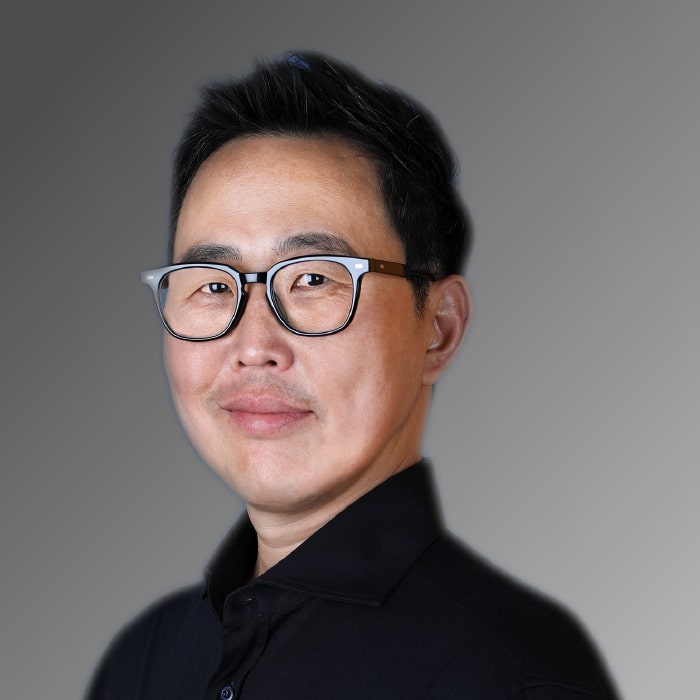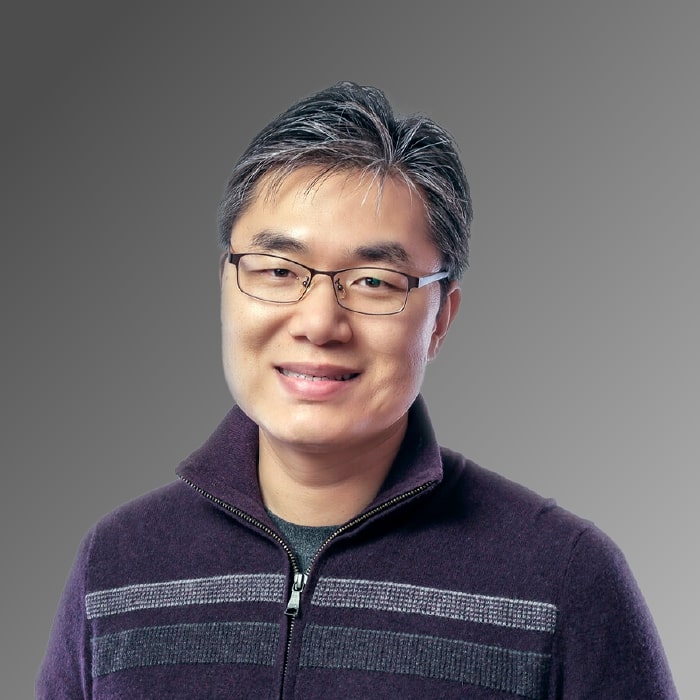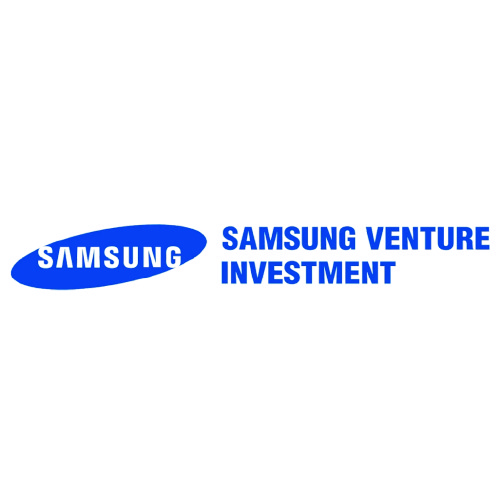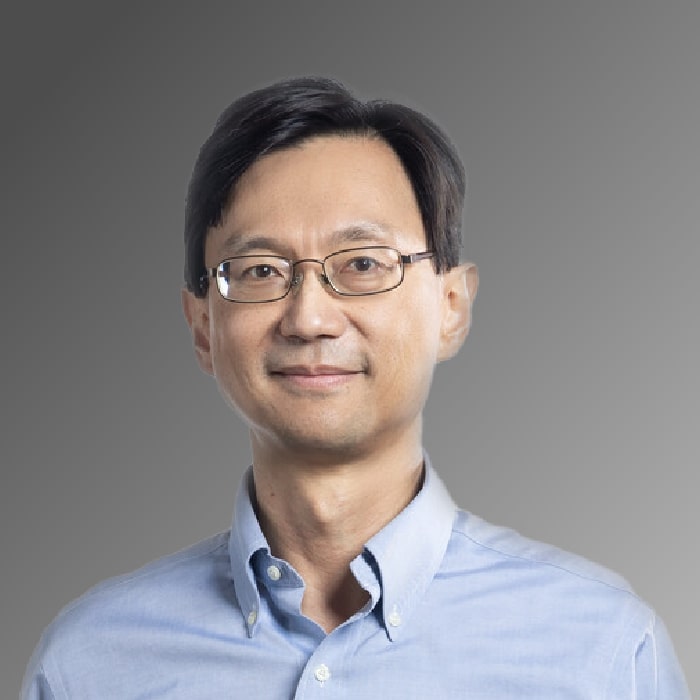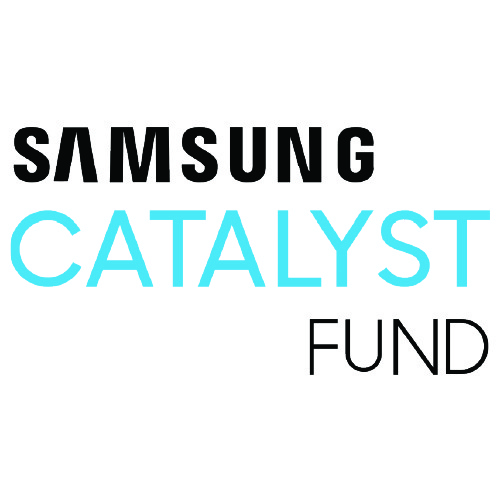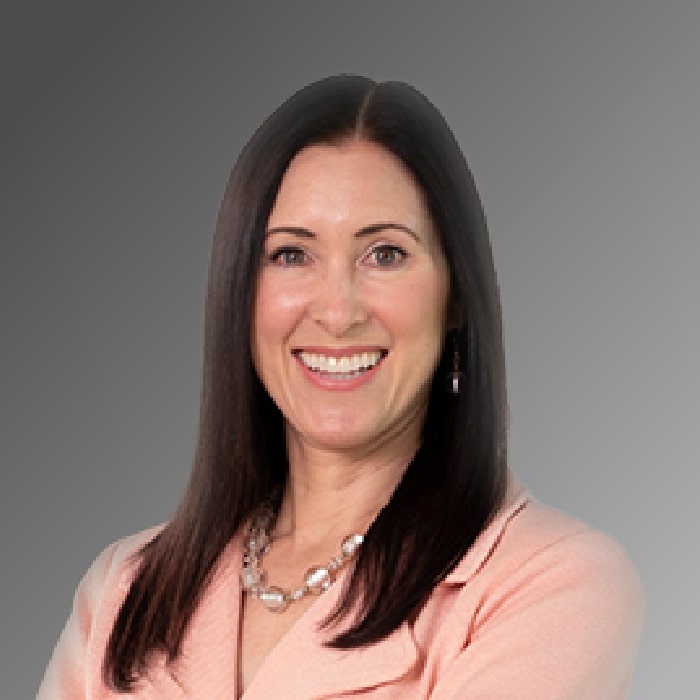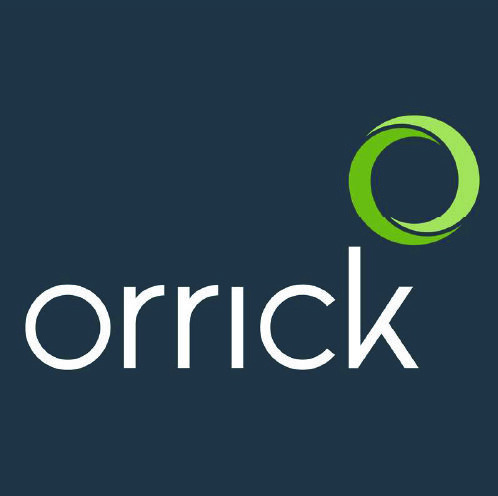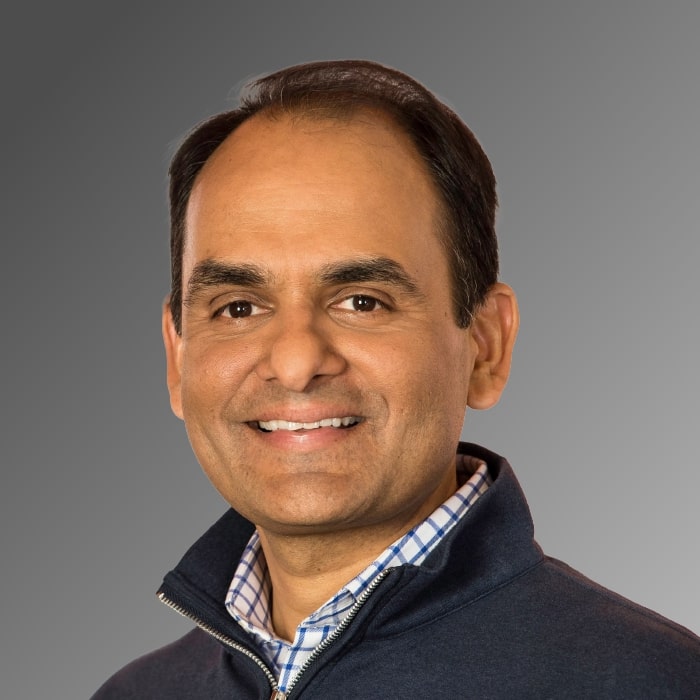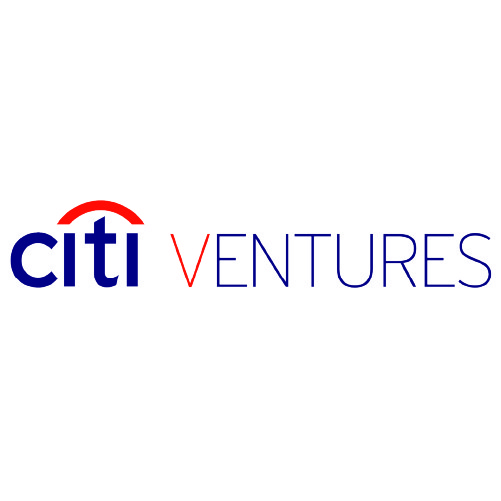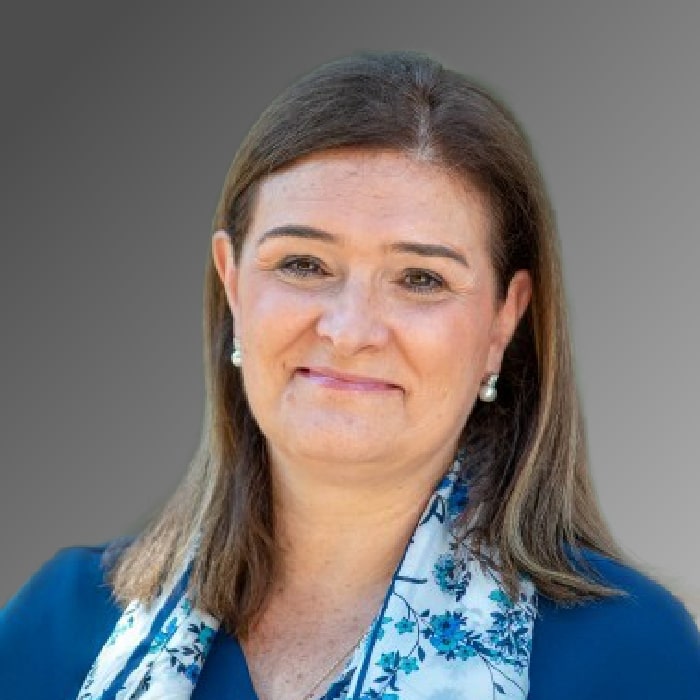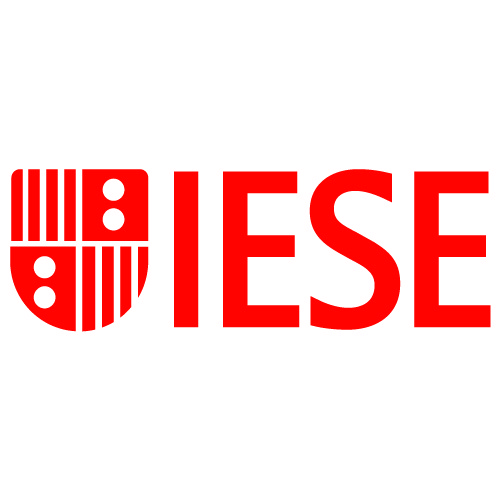The Person Behind the Builder
Interviewed by on April 11, 2024
Inspired by his father, an inventor and entrepreneur, David Lee wanted to support corporate builders rather than be one. With a master’s degree in electrical engineering and a stint in law, David’s path seemed destined for academia or legal practice.
“I thought I wanted to be a professor,” he said. Then I went to law school. I was an awful attorney,”
The Accidental Venture Capitalist
What jurisprudence lost, venture capital gained, as David is now an executive vice president at Samsung and head of Samsung NEXT, one of the company’s investment arms. He told the Corporate Venturing Insider audience that his legal background provided a pathway to be the person behind the talent, eventually leading him to business development at Google in 2003. He parlayed that experience into venture capital with Baseline Ventures and later SV Angel, where he managed operations from 2007 to 2015. The role aligned perfectly with his desire to support and amplify impact scalers’ work.
After a brief hiatus and co-founding a digital health and infrastructure fund, David joined Samsung NEXT in 2020. The role, he notes, feels like a perfect fit, likening it to an actor being called to a Broadway production. Though he doesn’t speak Korean, his Korean-American heritage ties him viscerally to Samsung.
The Value of Diverse Experiences
David surprisingly credits his legal training as the most valuable part of his background for informing his approach. Law school, he believes, equipped him with critical skills in client-centric service and logical, bottom-up thinking. This mindset, derived from his time as a professional service provider, translates well into venture capital, where serving the entrepreneur is paramount.
David says CVC investors are “trusted advisors” to founders, similar to the counsel an attorney provides. He draws an analogy to Jeff Bezos’s customer-centric philosophy at Amazon, underscoring the importance of focusing on the entrepreneur’s needs over shareholder interests. This approach builds a reputation of reliability and altruism, which is crucial in the tightly-knit founder community.
Serving Entrepreneurs and Building Trust
David’s philosophy on serving entrepreneurs is multifaceted. It includes responding promptly to needs, providing honest feedback, and being present during critical moments. He compares the relationship to parenting, where different stages of a child’s development require varying levels of involvement, supervision, and guidance. Early-stage investors should be hands-on, while late-stage investors act more as overseers, ensuring stability while allowing greater autonomy.
He says trust is not earned through mere investment but through consistent support and understanding of the entrepreneur’s journey. He made his point with an anecdote about Benchling, a company he invested in early. He saw his mission as just being present and supportive rather than actively steering the company’s direction.
“I think every good investor will share this sentiment,” he said. “For the really great companies, you don’t really do a lot. You would be smart just to get out of the way.”
Great Entrepreneurs and Great Investors
David has a keen eye for recognizing potential greatness in entrepreneurs. He looks for individuals who can explain their vision simply and enthusiastically. This ability reflects both domain expertise and the charisma needed to attract talent and investors. Founders need to be passionate and committed, like sports stars. “Kobe Bryant or David Beckham on Friday night, would be playing football or shooting hoops while all the other kids were partying, it’s a gym rat (mentality),” David’s said.
Similarly, David’s favorite founders are “lab rats.” They’re passionate and committed to their product.
Conversely, David believes two traits define a great investor: insatiable curiosity and relentless competitiveness. An investor must be deeply curious about people, technology, and market trends. Competitiveness, though less discussed, drives the investor to excel and match the dedication top founders exude. This drive is essential in navigating the competitive landscape of venture capital.
Deploying A Barbell Strategy and Patient Capital
David explained his unique take on the barbell investment strategy. Traditionally, this method invests heavily in both high-risk, high-return enterprises and low-risk companies. The thought process is that medium-risk investments are hard to categorize and will more often lose money. The low-risk stakes will cover the losses from the riskier plays.
David has a variation on the theme.
“You invest in a lot of companies with smaller checks to learn, develop relationships, synthesize information, and make corporate smarter,” he said.
Usually, these investments have high risk and the potential for big returns.
On the other end, “invest in whatever it takes to obtain a clear, obtainable, attainable result because it has this X level of importance” to the mothership. Often, these investments are still risky, but they are more strategic for the corporate. “Anything in between is not an optimal allocation of a company’s capital.”
Within his larger CVC barbell strategy, David advocates for patient capital, particularly within corporate ventures like Samsung NEXT. Unlike traditional VCs that may itch for quick returns, CVCs can afford to play the long game, supporting startups through their growth journey. This patience aligns with the 10-year horizon often required for startups to achieve significant impact.
Looking Ahead
In the next 12–18 months, David and his team will be investing in AI, robotics, and digital health. His team has invested in humanoid robotics companies like Figure and 1X. With robotics, David comments that we’ve seen something fairly unique.
“Robotics is an area of emerging interest because it’s this combination of hardware and software that really can create delightful experiences, both commercially and also in the home,” he said. “When you see really smart founders working in an area, that’s an ‘aha’ moment that this could be interesting. That works maybe one time out of 10, but that one time usually really hits. And so you just have to be patient when those 9 other times don’t hit.”

 When many smart founders take up a challenging space, the success rate may be low, but CVCs should watch for one that will deliver astounding returns.
When many smart founders take up a challenging space, the success rate may be low, but CVCs should watch for one that will deliver astounding returns. 